Game Development Reference
In-Depth Information
DIGITAL AUDIO ENTERS THE PICTURE
Although extremely primitive versions of digitized sound in games had been used since the beginning of
the 1980s, putting sampled sound into a game as a regular feature did not come fully into practice until
early in the next decade.
Since one of the very i rst game titles to use any digitized audio was a sports game, it's probably not
surprising that the i rst game to use continuous play-by-play commentary was also a sports title:
Joe
Montana II Sports Talk Football
for the Sega Genesis. Previous games featured the occasional synthesized
voice or short sample, but
Sports Talk
was the i rst game featuring an announcer who described the
action as it happened.
One catch was the quality; 8-bit samples sounded grainy and distorted. Improving sound quality
(relatively) and balance required time and expertise. The more samples that were triggered
simultaneously, the more background noise the player heard.
Understanding the chart below is vital. . . .
Another thing to understand about this time period—there were no audio-compression schemes
commonly available like MP3 that could run on consoles, much less arcades, and their common use in
games wasn't going to be for almost another decade.
16 bit 11k
mono = >
1.2 megs
16bit 22k
mono = >
2.5 megs
16bit 44.1k
mono = >
5megs
16bit 44.1k
stereo = >
10megs
24 bit 44.1k
Stereo = >
15megs
8bit 11k
mono = >
750k
The relative sizes of audio i les based on dif erent sample rates and bit depths.
Before widely available compression technology, sound designers would have
to use lower sample rates/bit depths in order to keep i le sizes small, with a
corresponding decrease in audio quality as a result. Measurements based on a
1-minute stereo i le.




































